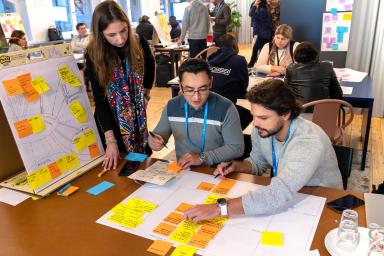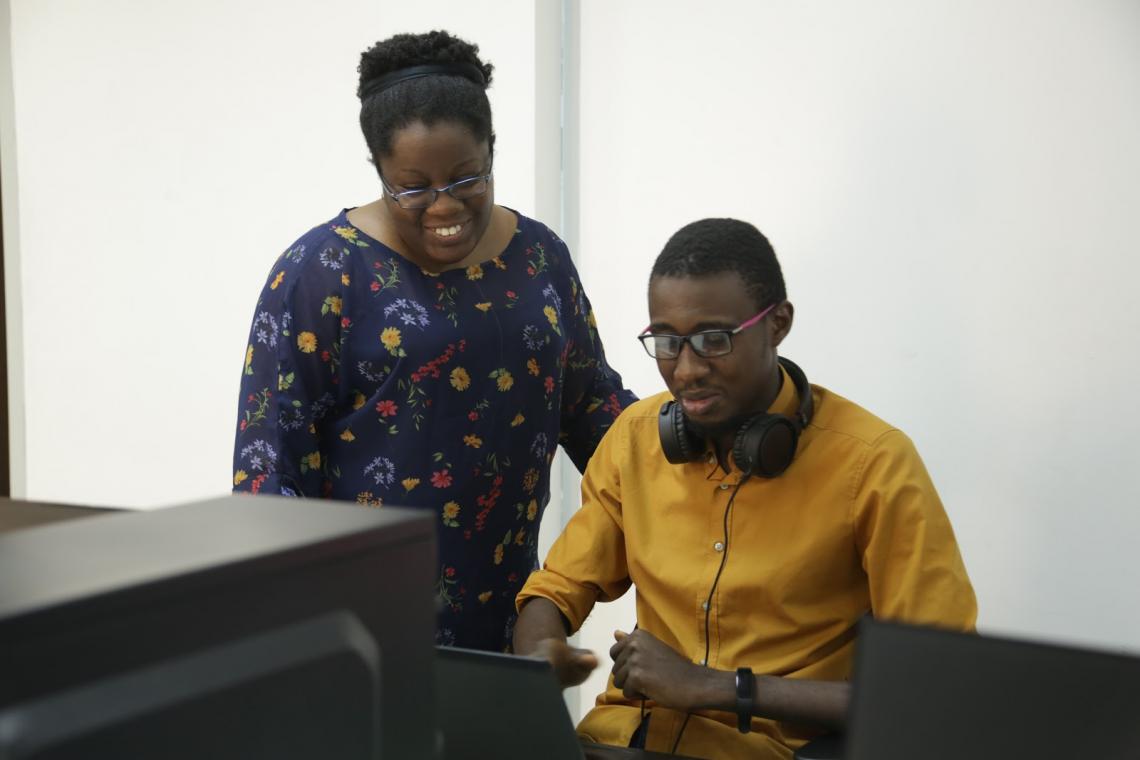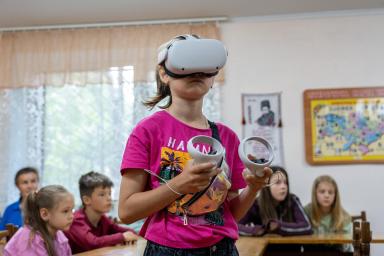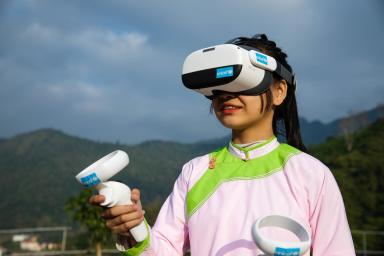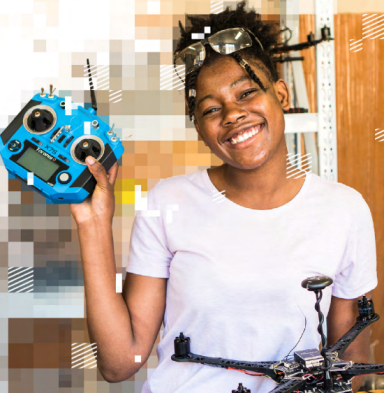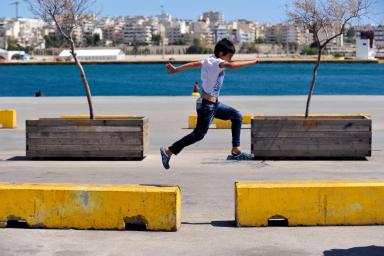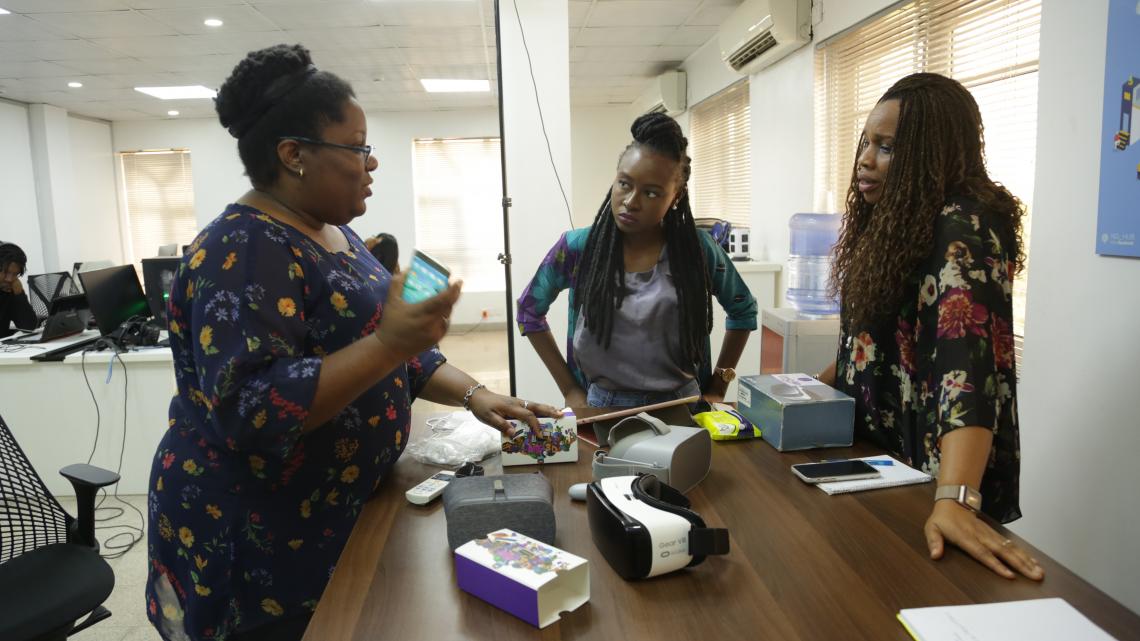
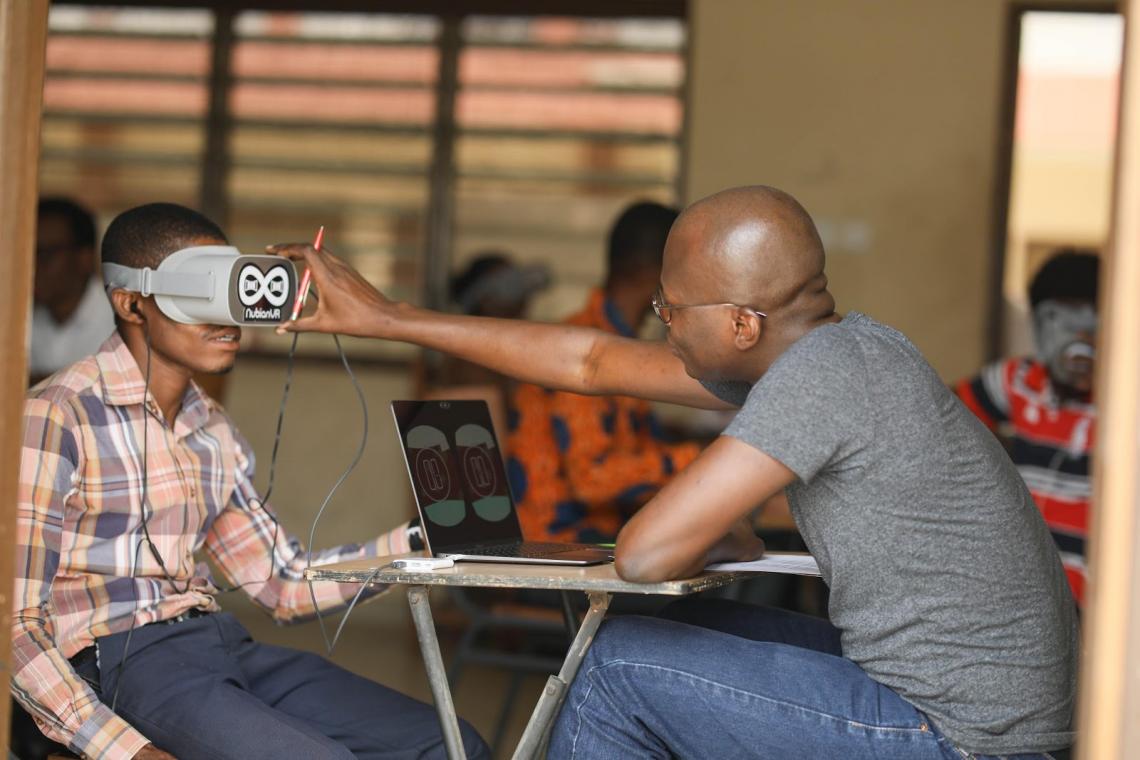
NubianVR is developing learning content built-in WebXR. Focused on how to best design content based on curriculum needs and connectivity constraints of the school system in Ghana.
Key Highlights:
-
Identified and formed partnerships with 31 public schools to conduct user testing
-
The current electronic content plan was built together with Practical Education Network (PEN) - providing a network of teachers to validate their product.
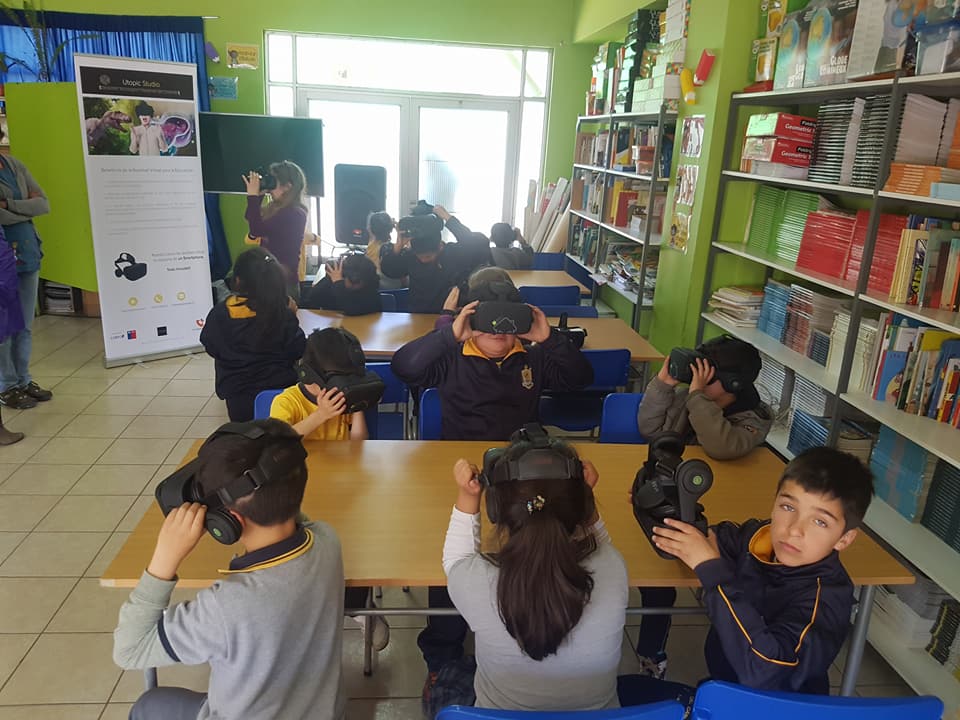
Utopic uses VR games that have been specifically tailored to increase children's motivation while assessing their reading skills in a non-traditional, more sociocultural approach to testing.
Key Highlights:
-
Team Utopic has tested the platform usability with over 500 students and 20 teachers
-
Developed tools to easily switch from the mobile application to WebVR- bridging the gap for students without access to VR hardware.
-
Received a grant from Chile’s Ministry of Arts and Culture to carry out research on VR for building literacy skills.
Veative is a global provider of VR education and learning simulations for schools and industries. Their STEM library itself boasts 500+ modules of high-quality content. Veative will be open-sourcing part of its content library and making it available to access via WebVR.
Key Highlights:
-
Veative has developed six interactive WebVR modules for STEAM using Aframe a web framework for building virtual reality experiences.
-
The team have tested 100 students in five schools (four in India, one in Japan)
-
Developing ways to provide educators with meaningful assessment data about their students development in certain subject areas.
Related Stories
